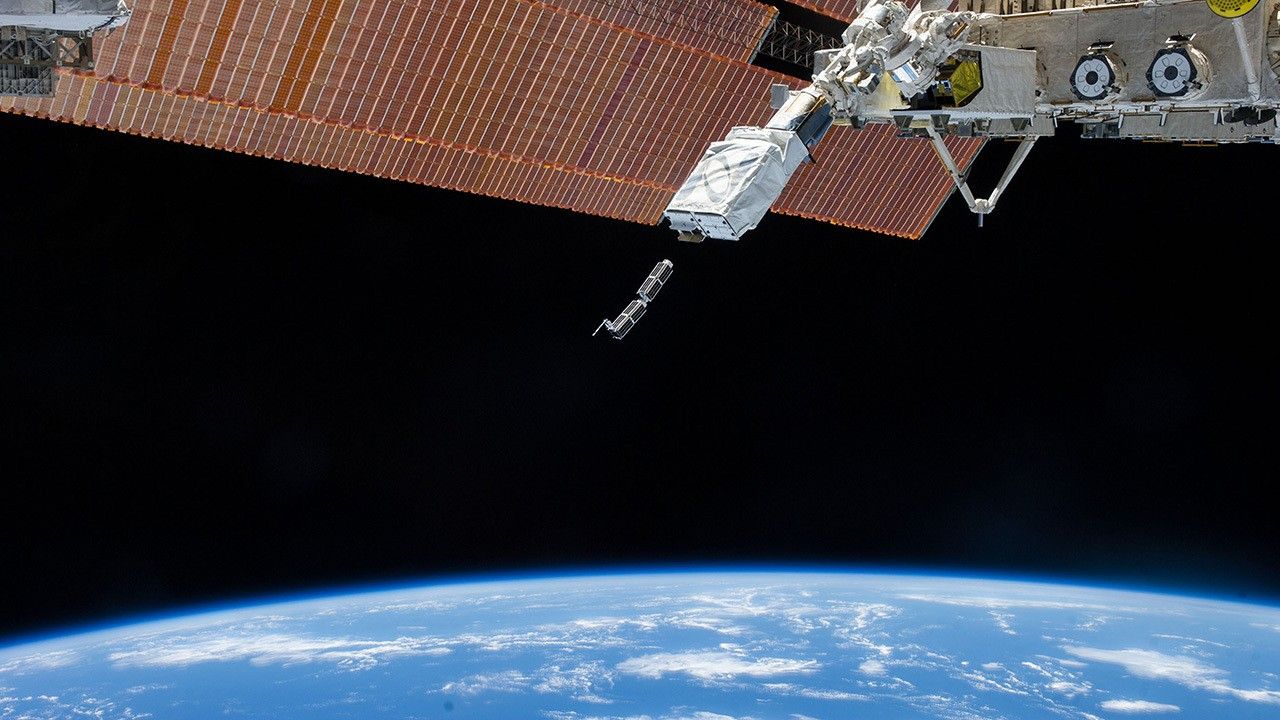

Amazon’s forthcoming Project Kuiper, the International Space Station, and other entities in orbit. Managing spacecraft and sustaining operations in the diverse orbits surrounding Earth has become a more intricate and bustling area. Currently, an emerging startup named Portal Systems aims to innovate that sector by providing a different energy source: sunlight.
Established in 2021 by Jeff Thornburg, an Air Force veteran with experience at Amazon, SpaceX, and NASA, Portal Systems asserts that its spacecraft, referred to as Supernova, will exhibit excellent maneuverability, capable of delivering payloads and swiftly adapting to evolving demands. It will also be equipped to conduct maintenance and eliminate debris. This is all powered by a solar propulsion system.
Supernova will utilize mirrors to focus sunlight onto a thermal battery. The thermal energy can subsequently be utilized by a proprietary 3D-printed integrated heat exchanger and thruster (known as a HEX thruster by Portal Systems). Ammonia will then flow through the HEX thruster, expanding due to the absorbed heat, which will be employed to maneuver the satellite. Portal Systems is confident that this method will position Supernova as a revolutionary factor in inter-orbit mobility. A launch is anticipated in 2026, and although this isn’t the first instance of considering sunlight as a power source for spacecraft, not everyone concurs that this represents the path forward for space.